On the beach or in the mountains, with sustainable materials
During summertime, we usually spend more time away from home, on the beach or in the countryside, and bring prepared food and snacks for the day. Remembering that there are alternative materials to plastic for these days out and that we should leave the location as clean as we found it, is a small gesture we can make and that the planet will thank us for.
IT’S ECO, IT’S LOGICAL
Share
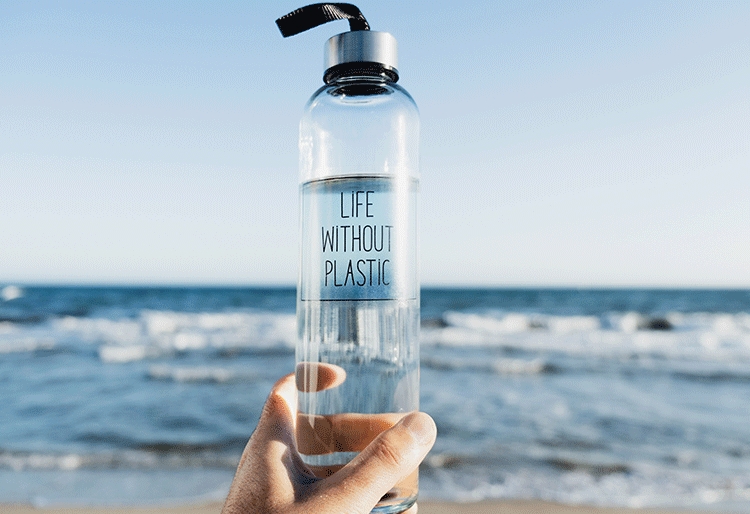
How to reduce plastic consumption
Plastic is everywhere. Without us realising it, this is one of the materials that is around us the most in our daily lives. Wraps, bags, bottles, toys... there are so many products made from it. The main problem we encounter is that, once it has served its purpose, if it is not recycled properly, it can become a serious danger to the environment.
In order to combat this, and more so given that European specifications aim to recycle 50% of the European Union's waste by 2020 and 70% by 2030, there is an increasing number of initiatives working to develop materials that are less harmful to the environment, and which could be used as an alternative.
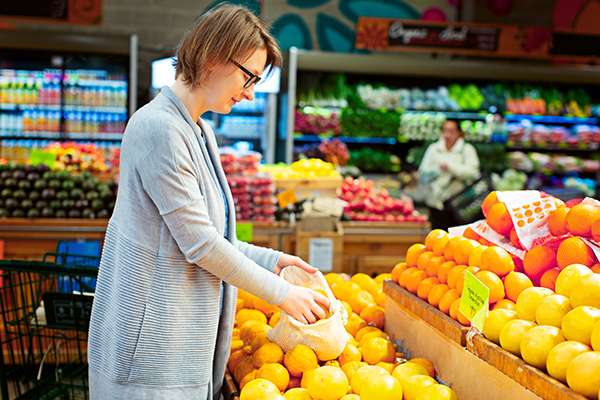
Biodegradable containers degrade in contact with the environ-ment, turning into nutrients and biomass. Compostable materials are also biodegradable, but break down when in contact with organic waste, turning into compost or fertiliser.
Some of these materials are:
- Corn paste: biodegradable and compostable
- Sugar cane paste: biodegradable and compostable
- PLA: biodegradable and compostable
- Paper/Cardboard/Wood: recyclable, biodegradable and compostable
- Polypropylene: reusable
But what do these terms mean?
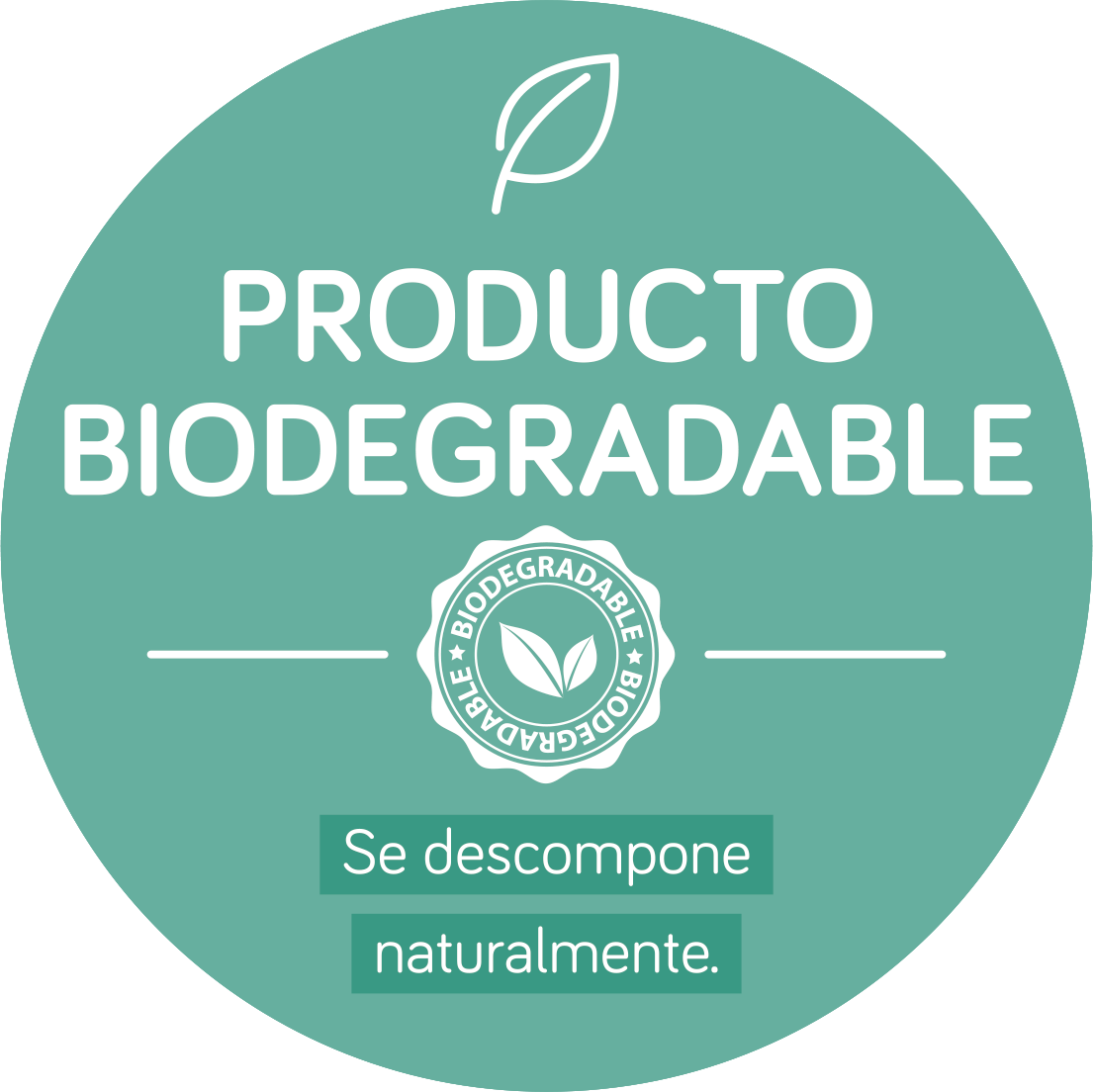
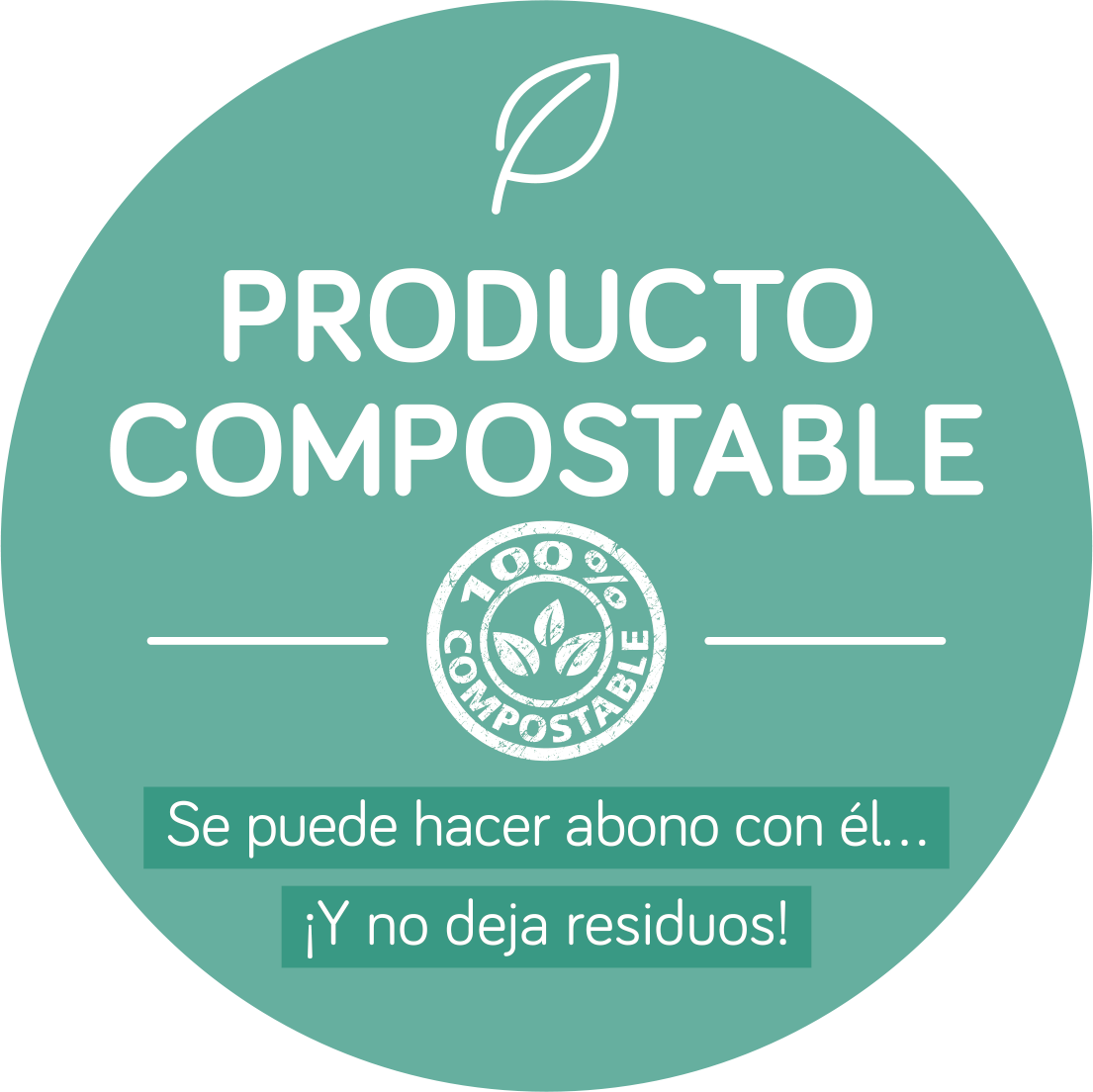
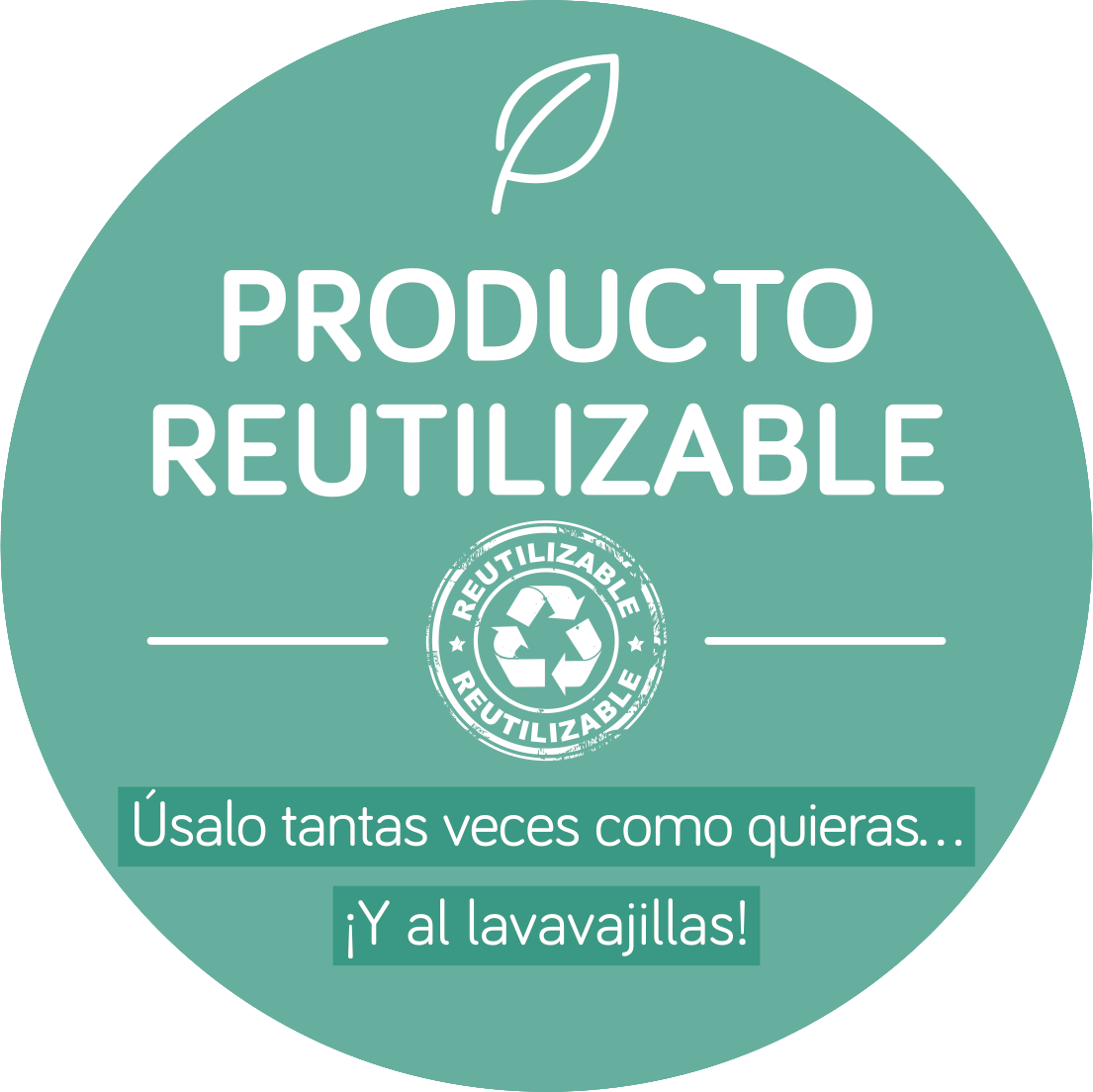
-Biodegradable: biodegradable containers break down when in contact with the environment, becoming nutrients and biomass. We can find products such as glasses, plates or cutlery, both paper and cardboard, as well as other materials such as: corn pulp, sugar cane or PLA. Also paper napkins and straws, among other things.
- Compostable: compostable packaging is biodegradable, but it is also compostable. This means that it breaks down when in contact with the rest of the organic waste, turning into compost or fertiliser. The disposable utensils used for picnics or family gatherings, described above, are examples of this.
- Reusable: these are containers that have multiple uses and that will only be considered to be waste when they are no longer reused, in which case they will be recycled. This is the case for reusable cups or recycled bags.
Consum is working to phase out single-use plastic cups, plates, cutlery and straws and replace them with compostable, biodegradable and/or reusable ones two years earlier than required by law.
Where can we recycle them?
- Paper products: blue container (paper and cardboard).
- Compostable products: organic container (brown).
- Reusable plastic products: yellow container (plastic).
According to recommendations from Ecoembes, paper products containing organic waste should be disposed of in the brown container.
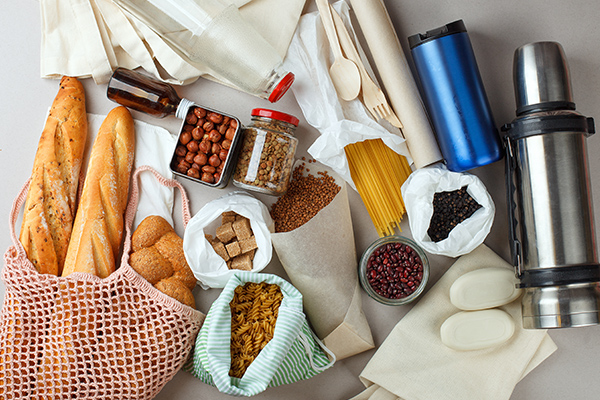
Recycled bags
Among the options for replacing polythene plastic bags, there are bags ‘for life’ and recycled bags.
Currently, at Consum, we can find bags consisting of 70% recycled material, which are made with a single recycled material and water-based inks, mak-ing them more sustainable and easily recyclable. In addition, they are often reusable, further increasing their environmental benefits. With this gesture, Consum intends to reduce the plastic it puts on the market by 80% and replace their old plastic carrier bags with recycled ones.
Other options are recycled paper bags or raffia bags, of which we can also find alternatives made with recycled plastic; cloth bags, which have a very long lifespan and can be kept clean by simply washing them; and even the shopping trolley, which is easy to transport and has a large capacity.






